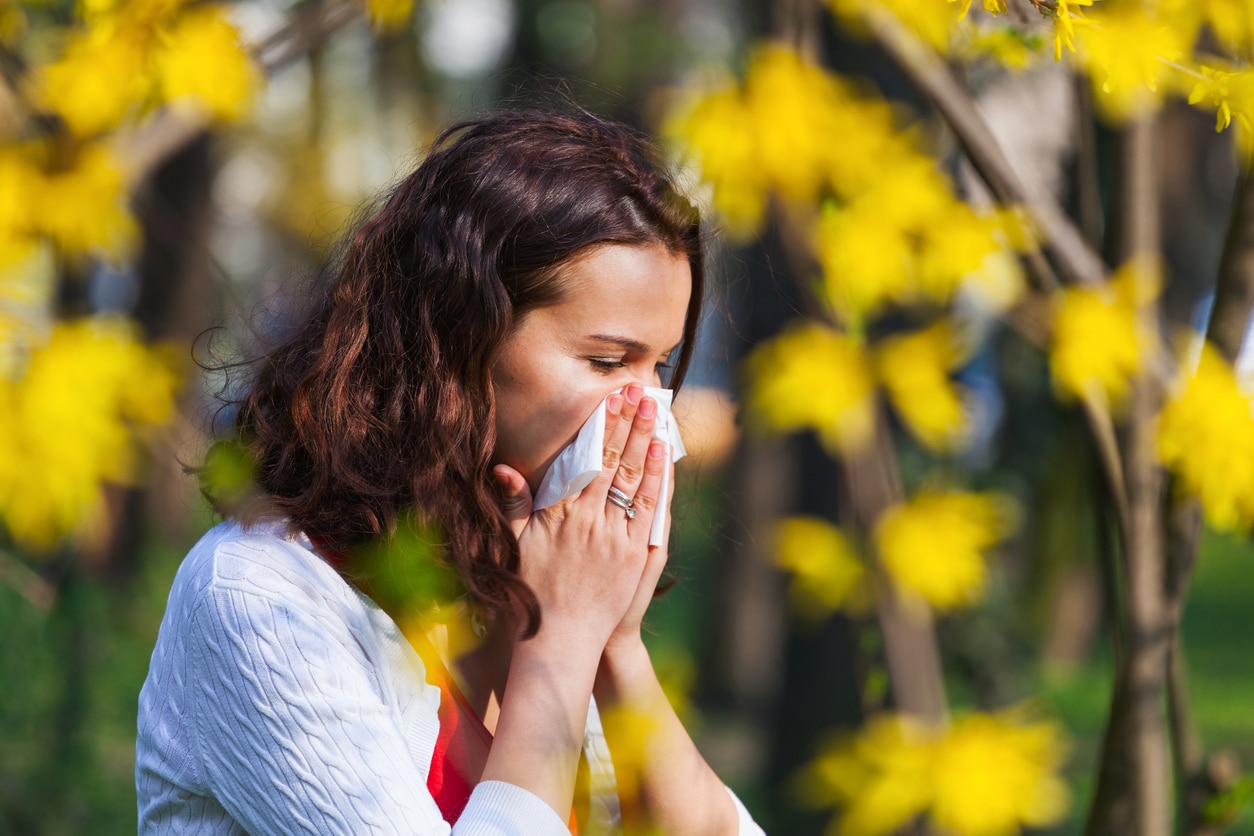Different allergens peak in different seasons and preparations can be taken to feel your best during the allergy season that affects you most. Salem is not different and is a hotspot for seasonal allergies. More than 100 million people experience allergy symptoms each year, so understanding the local allergens and preparing for them can make a significant difference in managing your symptoms. Here’s a guide to the potential allergens, organized by season, with tips on how and when to take precautions.

Springtime Allergens
Common allergens in spring, which usually occur between March and May, are tree pollen and grass pollen. Locally, alder, birch, oak and maple trees create irritating pollens. Early spring grasses can also cause allergy symptoms. Allergy symptoms may include:
- Sneezing
- Coughing and wheezing
- Itchy eyes, nose and throat
- Shortness of breath
- Runny nose and weepy eyes
It’s best to begin preparing for spring allergies as early as February. This may include:
- Beginning medications such as over-the-counter antihistamines
- Keeping windows closed to avoid exposure, especially on windy days
- Use air purifiers
- Limit outdoor activities like walks through Riverfront City Park
Summer Allergens
Common allergens in summer, typically between June and August, are grass pollen and weed pollen. Kentucky bluegrass and Bermuda grass are common grass allergens causing hay fever. Ragweed and pigweed are common allergens in late summer.
It’s advisable to start preparing for summer allergies in late May. This preparation may include:
- Staying indoors during peak pollen hours
- Track pollen counts using pollen.com to understand daily pollen counts
- Showering and changing clothes after being outdoors
- Keeping your lawn short to reduce grass pollen production
- Opting for activities that limit pollen exposure
Fall Allergens
Common allergens in fall, occurring from September to November, include weed pollen and mold spores. Ragweed and sagebrush are prevalent weed allergens, and mold spores can be found on fallen leaves and in damp conditions.
Prepare for fall allergies by late August. This preparation may include:
- Using dehumidifiers to keep indoor air dry
- Regularly raking and disposing of fallen leaves to prevent mold growth
- Continuing with antihistamines and possibly using nasal sprays
- Monitoring pollen counts and adjusting outdoor plans accordingly
Winter Allergens
Common allergens in winter, from December to February, are primarily indoor allergens such as dust mites, pet dander and mold.
Prepare for winter allergies throughout the season, especially before indoor heating begins. This may include:
- Cleaning regularly with a HEPA-filter vacuum and frequent dusting
- Laundering bedding in hot water weekly
- Bathing pets regularly to reduce dander
- Inspecting and addressing any damp areas in the home to prevent mold
By taking these seasonal precautions, you can significantly manage and reduce the impact of allergies throughout the year. To learn more about allergies that impact you most and how to manage your allergies, contact Willamette ENT & Facial Plastic Surgery to schedule an appointment today.
“Everyone is nice and very efficient.”